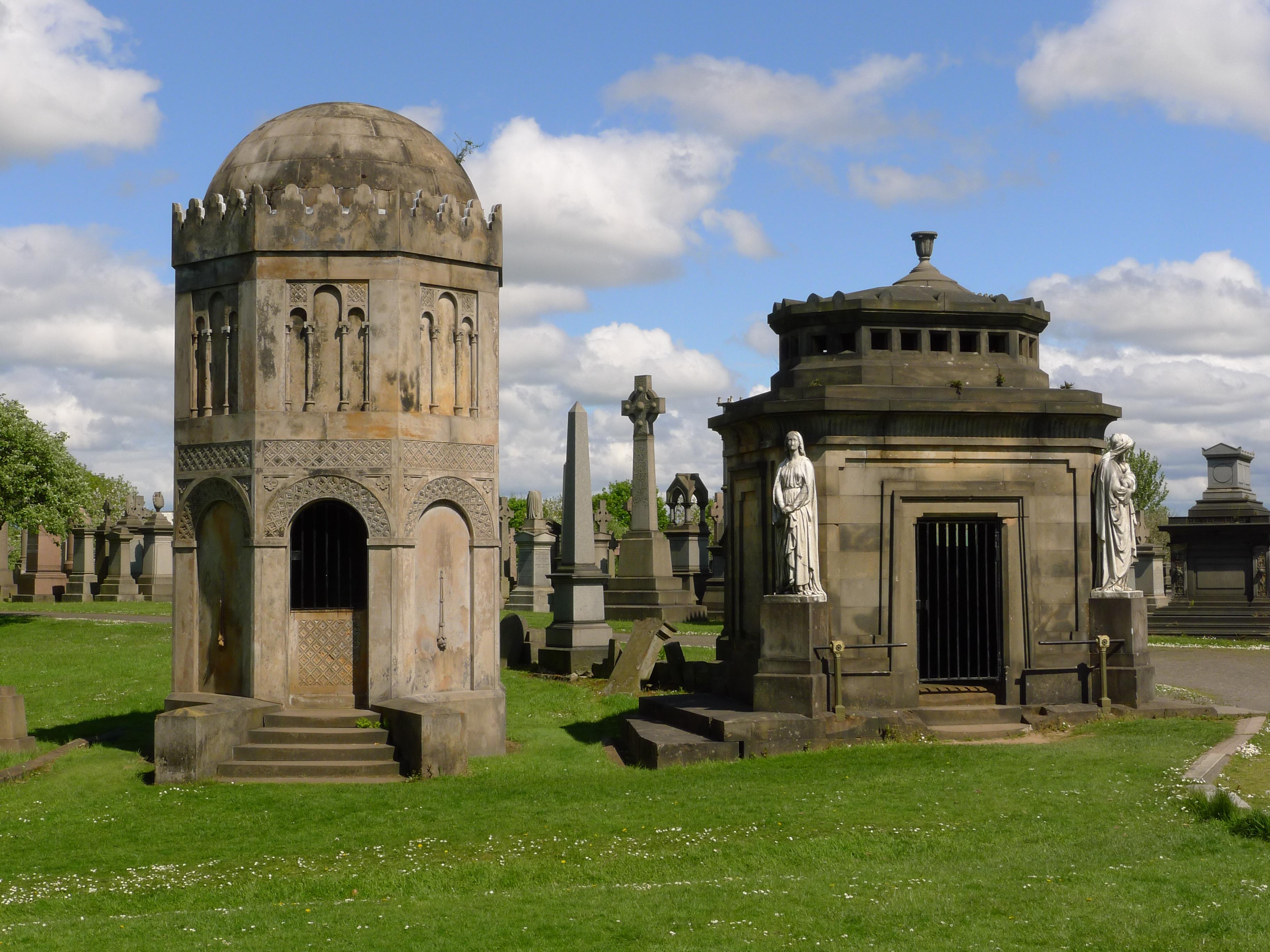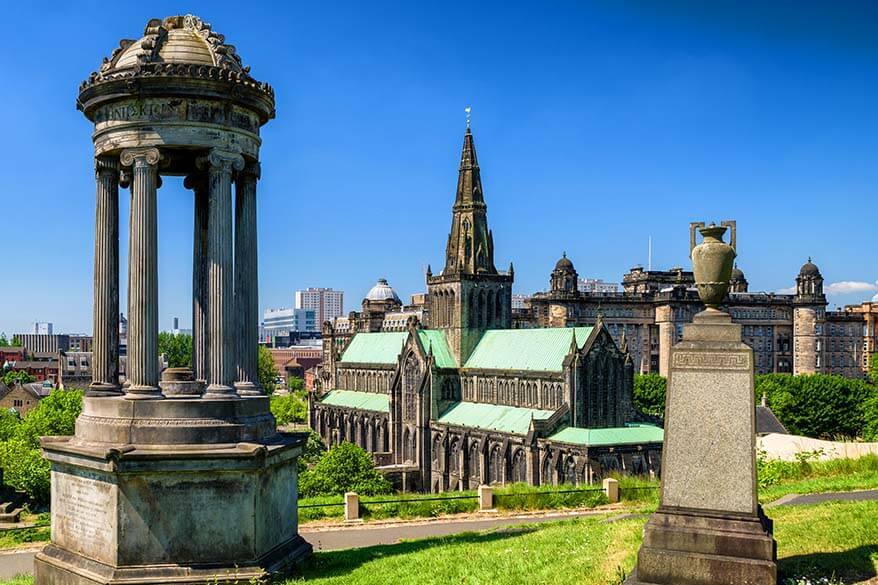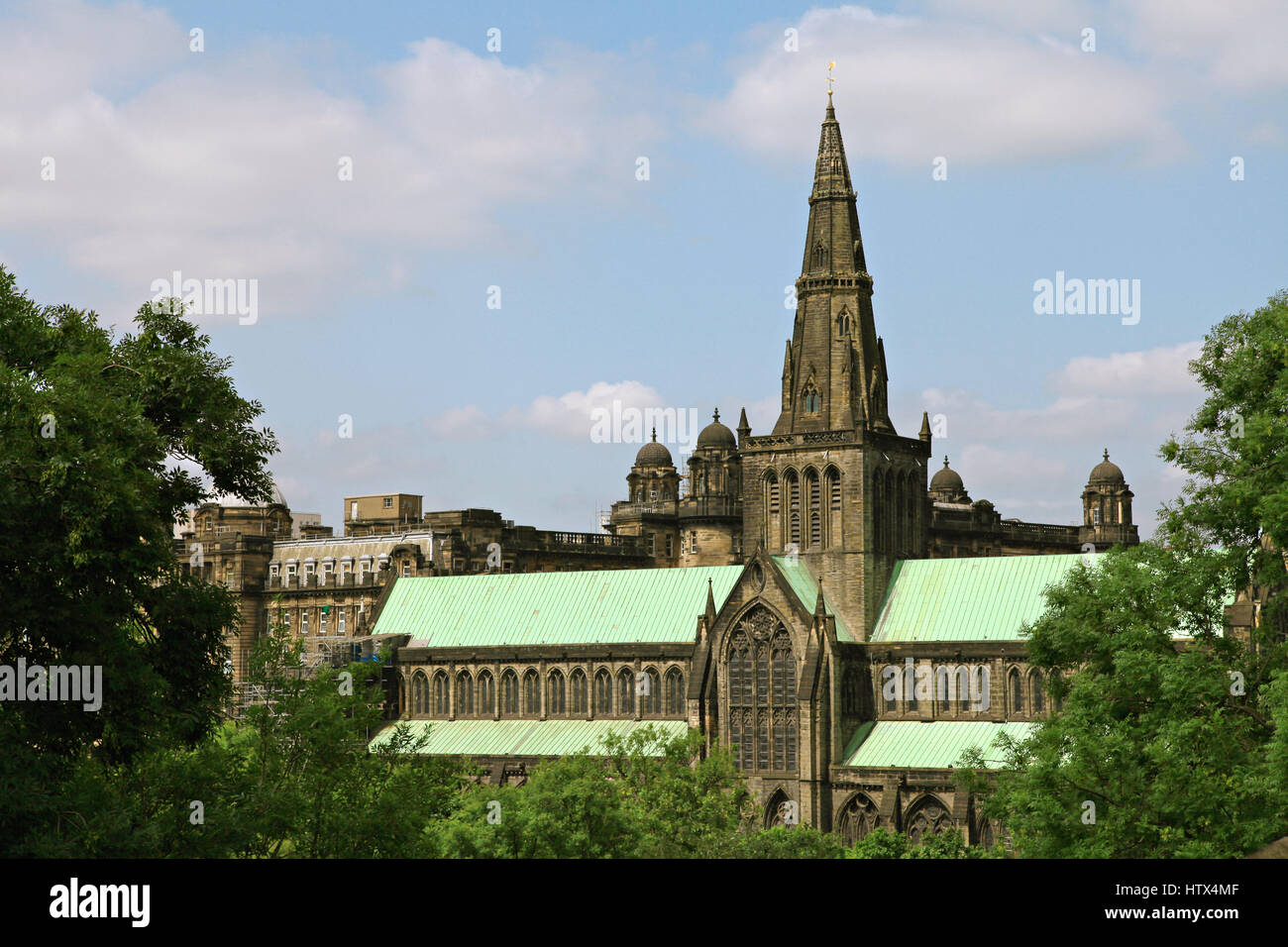
Glasgow Necropolis and Cathedral Scotland in 4K YouTube
5-Star Rated Glasgow Cathedral Tickets and Activities! Book Top Tours on Viator. Quick & Easy Purchase Process! Full Refund Available up to 24 Hours Before Your Date.

Glasgow Necropolis and Cathedral, Scotland Editorial Photo Image of scottish, inside 136573001
Glasgow Cathedral and Necropolis is a fascinating historical site located in the heart of Glasgow, Scotland. It is a magnificent example of Gothic architecture and a popular tourist attraction. The Cathedral is one of the few surviving medieval buildings in the city and is a testament to the rich history of Glasgow. The Necropolis is a large cemetery located adjacent to the Cathedral and is.

Glasgow Necropolis Stirling & District Camera Club
A stone's throw from Glasgow Cathedral, the Northern Necropolis is one of four in the city; the Southern Necropolis rests within the Gorbals district, the Eastern Necropolis is situated near Celtic Park in the Gallowgate area, while the smaller Western Necropolis adjoins St. Kentigern's Roman Catholic Cemetery in Lambhill. Although not as.

One Day in Glasgow Things to Do, Map & Itinerary
Welcome to the online home of The Friends of Glasgow Necropolis - the official guides of the Necropolis. This website is a focus for developing interest in this fascinating Victorian garden cemetery adjacent to Glasgow Cathedral. We organise guided walking tours of this 37 acre cemetery full of wonderful architecture, sculpture and.

Glasgow Necropolis in Glasgow, Scotland Expedia
One of Scotland's most magnificent medieval buildings, Glasgow Cathedral is the only one on the Scottish mainland to survive the Reformation of 1560 intact. Glasgow Cathedral is built on the site where St Kentigern, or Mungo, is thought to have been buried in AD 612. St Kentigern was the first bishop within the ancient British kingdom of.

Glasgow Necropolis, Glasgow, Scotland. Glasgow necropolis, Glasgow cathedral, Necropolis
The Glasgow Necropolis is a prominent Victorian garden cemetery located on a low but prominent hill to the east of Glasgow Cathedral. Often described as one of the most significant cemeteries in Europe, the Necropolis is a testament to the 19th-century trend of creating grandiose burial places for the wealthy and influential members of society.

Glasgow Cathedral Skyline Glasgow Necropolis Scotland United Kingdom Summer Royalty Free Photo
Opening times. Please note, the cathedral will be closed until 1pm on Friday 12 January. 1 Apr to 30 Sept: Mon to Sat, 9.30am to 5.30pm Sun, 1pm to 5.30pm Last entry 5pm 1 Oct to 31 Mar: Mon to Sat, 10am to 4pm Sun, 1pm to 4pm Last entry 3.30pm The cathedral may close for lunch. Please call ahead to check.

Glasgow cathedral from the necropolis r/glasgow
Quick & Easy Purchase with Flexibility to Cancel up to 24 Hours Before the Tour Starts! Browse & Book the Best Tours, Trips, Activities and Excursions on Tripadvisor.

Glasgow Cathedral and Necropolis.Scotland Stock Photo Alamy
Glasgow's Cathedral & City Necropolis. FlikeNoir Scottish History 20/08/2018 9 Minutes. On March 17th, 2018, Alex and I were taken on a tour of Glasgow's City Necropolis by Tam McCann of the Parkhead History Group and Peter Mortimer of the Bridgeton History Group. It's well worth a wander round but if you're able to get in on a tour, it.
Glasgow Necropolis (Walkhighlands)
The Glasgow Necropolis is a Victorian cemetery in Glasgow, Scotland. It is on a low but very prominent hill to the east of Glasgow Cathedral (St. Mungo's Cathedral). Fifty thousand individuals have been buried here. Typical for the period, only a small percentage are named on monuments and not every grave has a stone. Approximately 3,500.

Glasgow Cathedral with Necropolis in the background [OC] [3840x3366] Glasgow cathedral
The building of Glasgow Cathedral began in 1136 and took about 350 years to finish. The cathedral was dedicated to St Kentigern (or St Mungo), a Christian missionary in the area during the 6 th century AD. His tomb had attracted pilgrims from all over. Therefore, the site was seen as holy and a resource of grace.

Glasgow Necropolis and Cathedral « HDR Images (High dynamic range imaging)
Glasgow Cathedral. April 1 - September 30. Mon to Sat, 9.30am to 5.30pm. Sun, 1pm to 5pm. Last entry 5pm (Sunday 4.30pm) Last entry to Lower Church 4.45pm (Sunday 3.30pm) Oct 1 to Mar 31: Mon to.

Top 5 attractions in Glasgow
Getting to The Glasgow Necropolis. The Necropolis overlooks the Tennent's Wellpark Brewery and the Glasgow Royal Infirmary. The main gates lie behind St Mungo's Museum of Religious Life and Art, adjacent to Glasgow Cathedral. There is also a gate at Wishart Street and an entrance off John Knox Street opposite Cathedral House Hotel.

Glasgow Necropolis in Glasgow Tours and Activities Expedia
The Necropolis, Glasgow's Victorian City of the Dead, is a vast and grand cemetery modeled on Père-Lachaise in Paris.. With beautiful views of the adjacent Glasgow Cathedral, the Necropolis was modelled on the Père-Lachaise cemetery in Paris and contains a plethora of wonderful architecture, impressive sculpture and fascinating stories. It.

Glasgow Cathedral and the Necropolis opening hours and what to see and do Glasgow Live
The Glasgow Necropolis: The Necropolis occupies a stony hill beside the Cathedral and high above Glasgow, commanding amazing views of the city. It was originally planned as a garden park and arboretum but in the early 19th century it became a cemetery deliberately designed to be similar to the famous Père Lachaise Cemetery in Paris.It's full.

Glasgow Necropolis and Cathedral « HDR Images (High dynamic range imaging)
Overview. Glasgow Cathedral is widely considered one of the top tourist destinations in the city, alongside the nearby St. Mungo Museum of Religious Life and Art and The Glasgow Necropolis.The mediaeval cathedral was built in dedication to St. Kentigern (also known as St. Mungo) in the 1100s and it has survived almost completely intact through 900 years of religious upheaval and world wars.